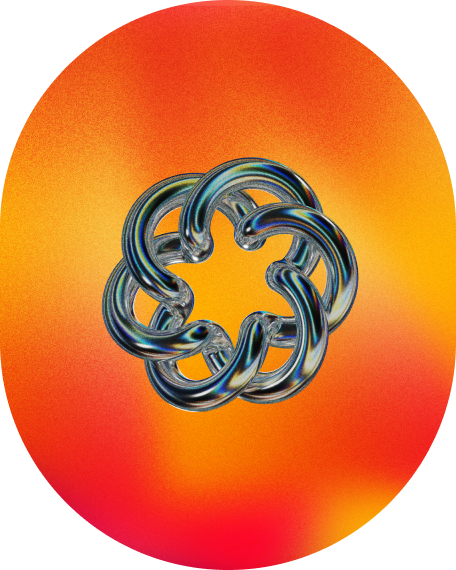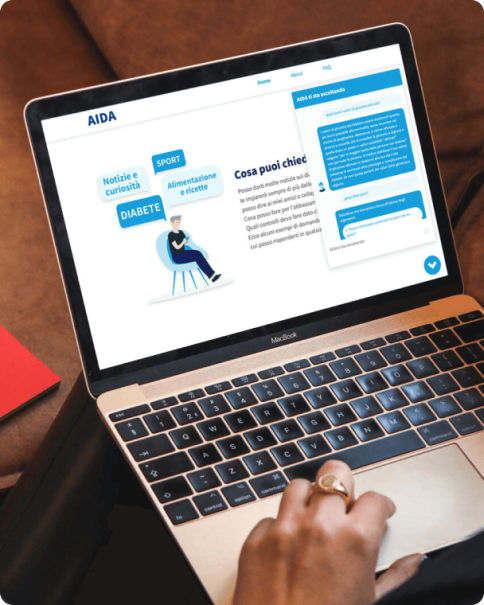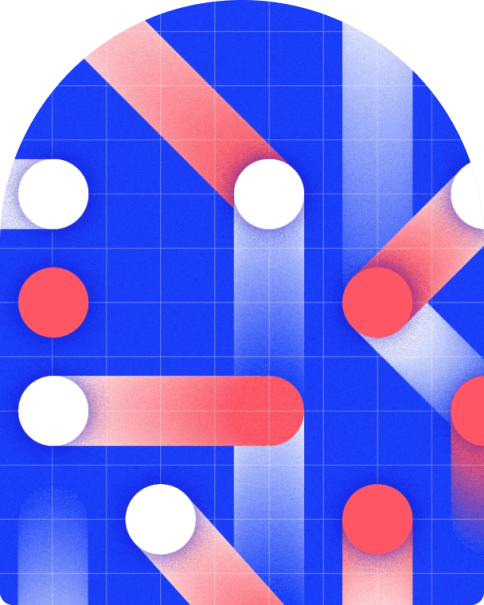Through the crisis: Customer Experience for a post-Covid world
Ventures, products, and services
2020
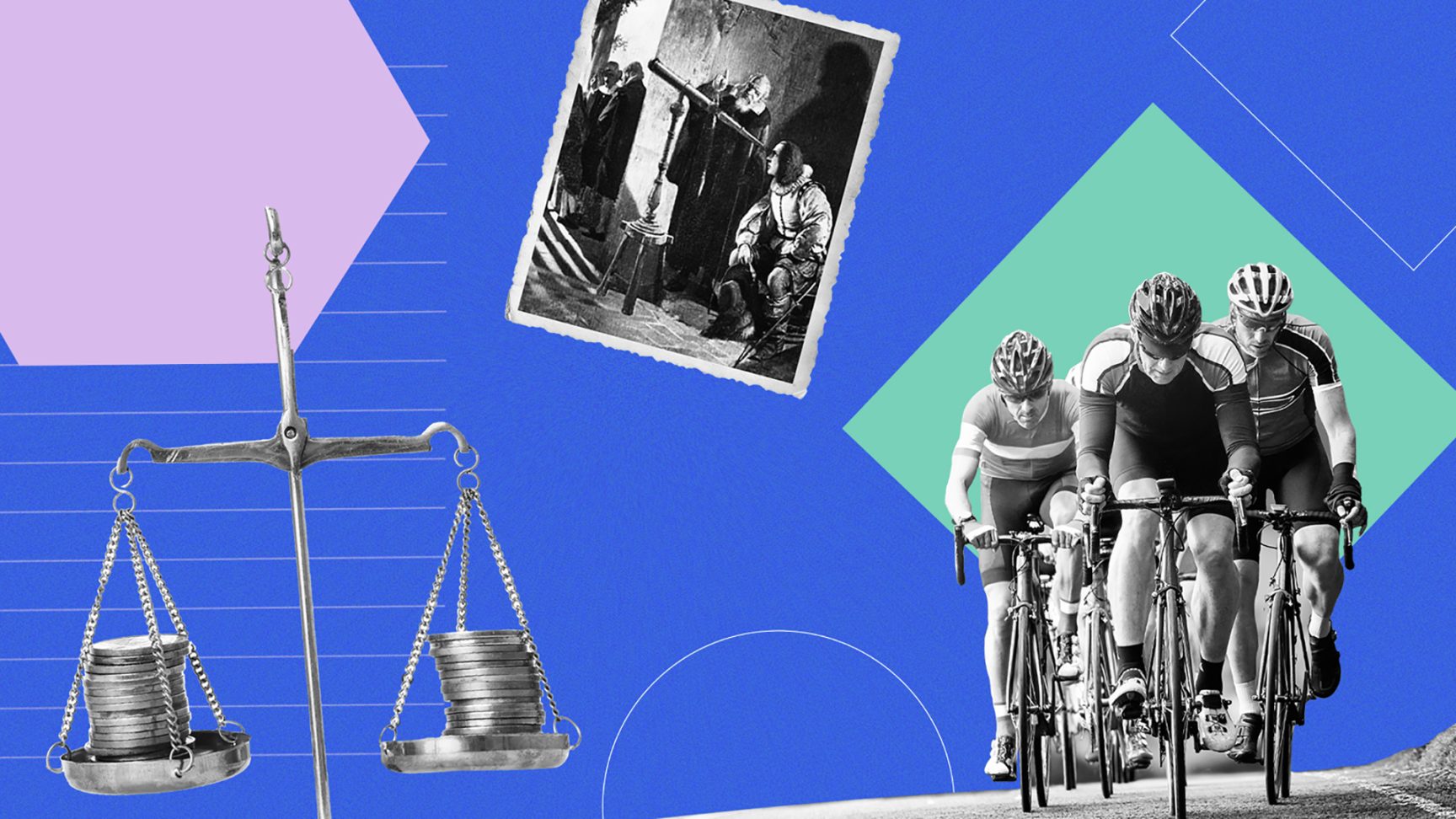
The customer experience is an increasingly important opportunity to answer crises and differentiate a business from the competition.
Ensuring a high-level customer experience (CX) means improving customers’ perception of the brand, offering an experience that exceeds their expectations, and tearing down the barriers to transform them into opportunities for growth and exposure. With these objectives in mind:
- consolidating the brand’s positioning in the funnel;
- becoming more visible and attractive to both current and prospective customers;
- differentiating the brand and increasing the top line;
- making customers more satisfied (and thus more loyal),
- generating more profit.
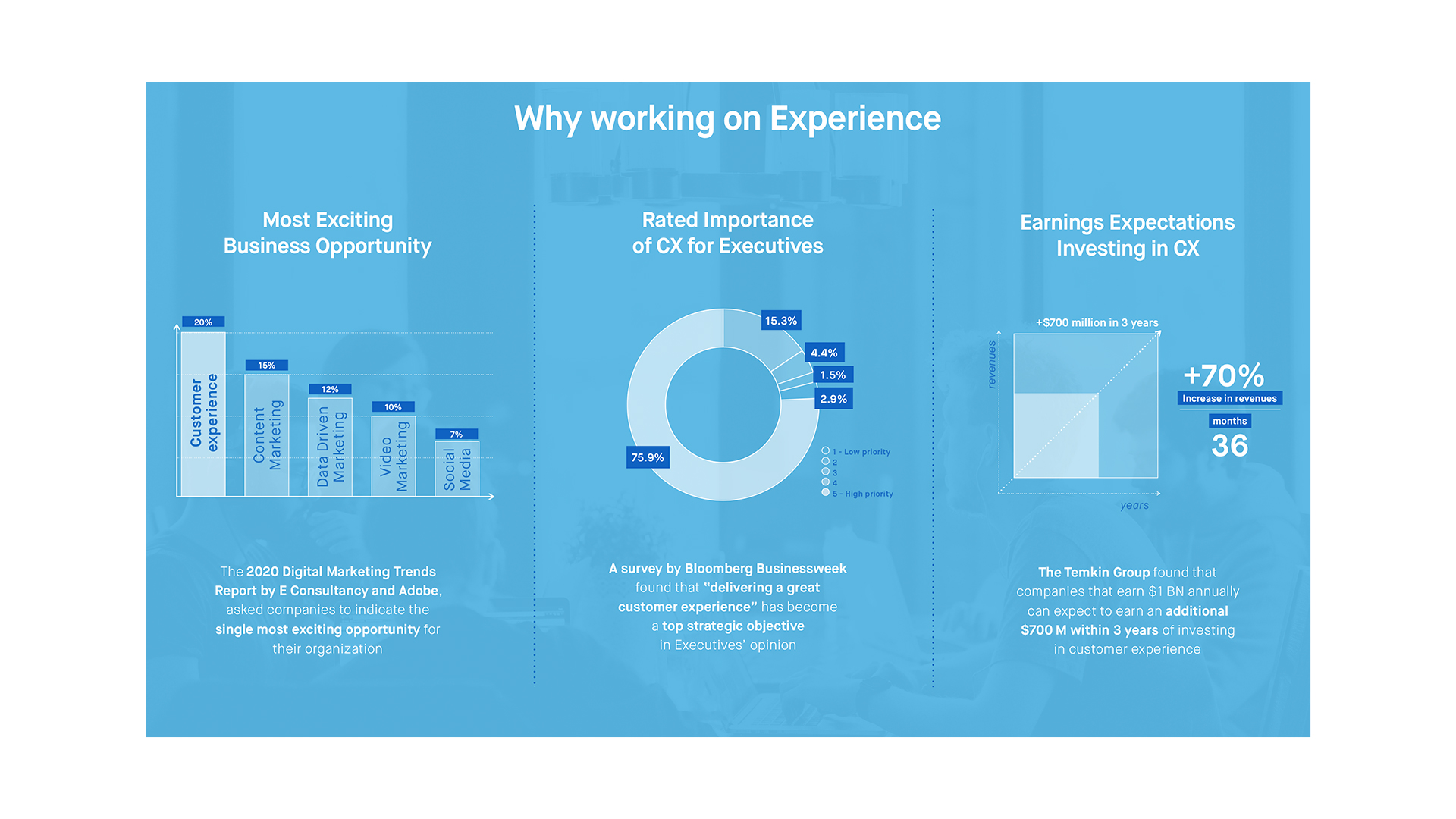
The CX is considered the most promising business opportunity, per Ecoconsultancy. CX is also deemed as an investment priority by 75.9% of executives by Bloomberg, while the Temkin Group estimates a 70% ROI within 36 months for firms investing in CX
These goals are crucial, and achieving them through few but well-targeted actions focused on ROI would be a success.
But what kind of actions are we talking about, exactly? And how do we know whether they’re suitable for the business’ development, the customers, and the betterment of the value proposition?
Before answering these questions, let’s talk a bit about experience.
Experience is the antidote to today’s market saturation
Regardless of the market sector, the world in which consumers interact with products and services is continuously changing. So is the way businesses are born and operate in the market.
Over the last decade, digital, technological, and infrastructure innovation has opened up a massive transformation space; inside it, a plethora of new businesses have had an enormous impact on the patterns of consumption, at times radically changing the very way people interact with products and services.
In their daily life, consumers have come to expect a lot in terms of experience, regardless of the industry.
A bank’s customer is the same person who summons (and pays for) an Uber in just a few simple taps.
Starting with FSI, we know that an out-and-out revolution is taking place, as new players like N26, Monzo, and Revolut have moved the game onto the digital realm, challenging the traditional behemoths of finance. A more stable mobile internet connection, the cutting down of fixed costs, a formidable acquisition strategy, and indeed some tremendous work on the customer experience have all contributed significantly to this success.
That of NeoBanks (a.k.a. Challenger Banks) is a perfect example, as other kinds of organizations are now challenging them using an analogous model; and now traditional banks and financial institutions, too, are warming up to the new models, at times creating dedicated spin-offs (like OpenBank in Spain).
Which means that the market is once again saturating.
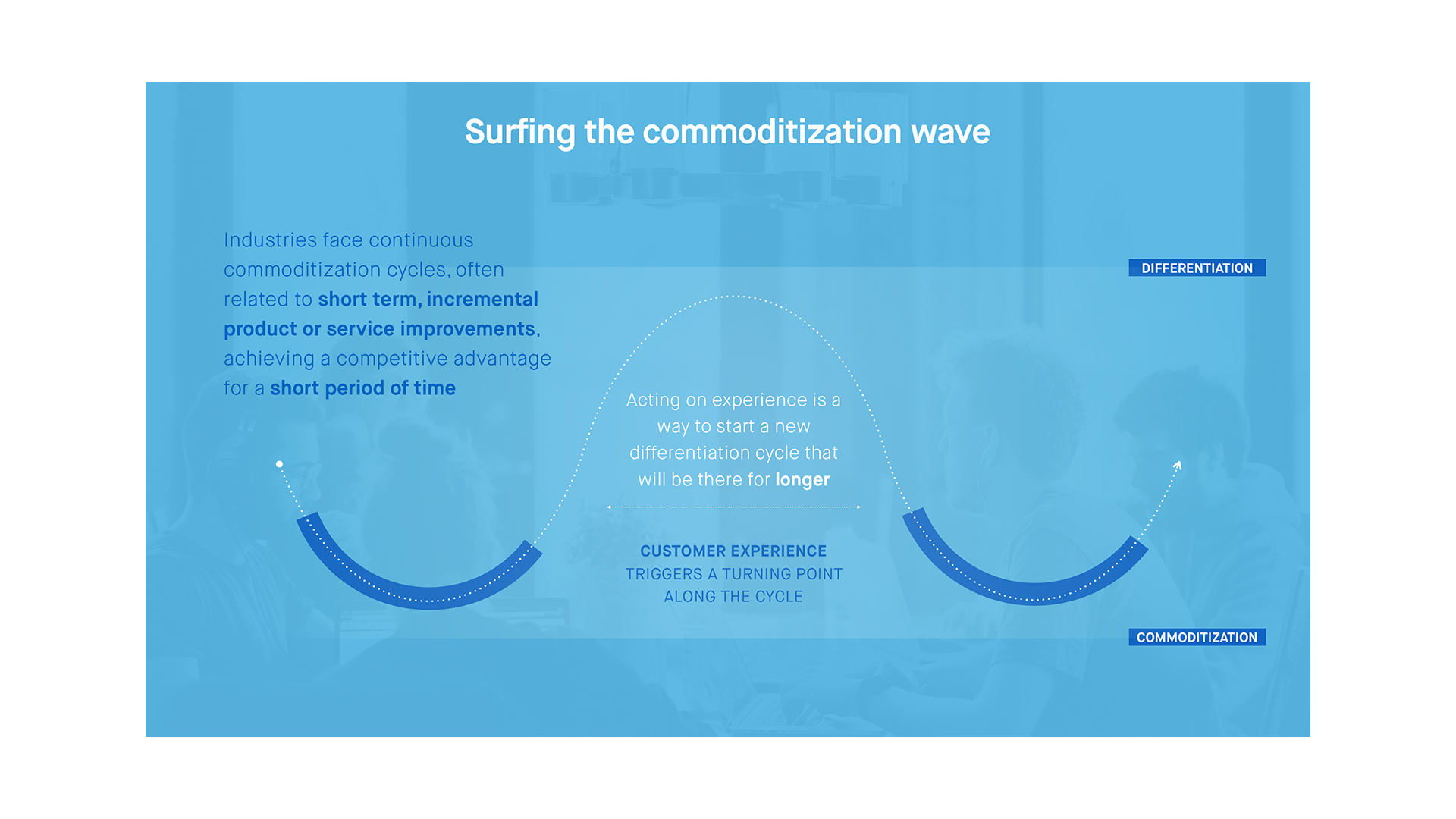
CX is the modern antidote to the cyclical saturation of markets
In a commoditized scenario, where competition is high and former success factors have become a shared standard, the game takes place in different fields. Price, of course; and then… the customer experience.
Improving the service and its usability, communication, customer care, and a brand’s consistency are all valid methods to differentiate a company inside its reference market.
…and then came Covid
If we add in unpredictable, dramatic events such as Covid-19, the investment in knowledge, research, and development to give the customer experience a new strategic direction becomes even more relevant if a firm wants to stay tuned with the new habits consumers develop.
In a very short time, the crisis has made e-commerce tick notably upwards, and not just for staple goods. High barriers like managing returns have turned out to be less traumatic than many people had anticipated. And once the first hurdle is behind one’s back, the alternative looks increasingly more appetizing.
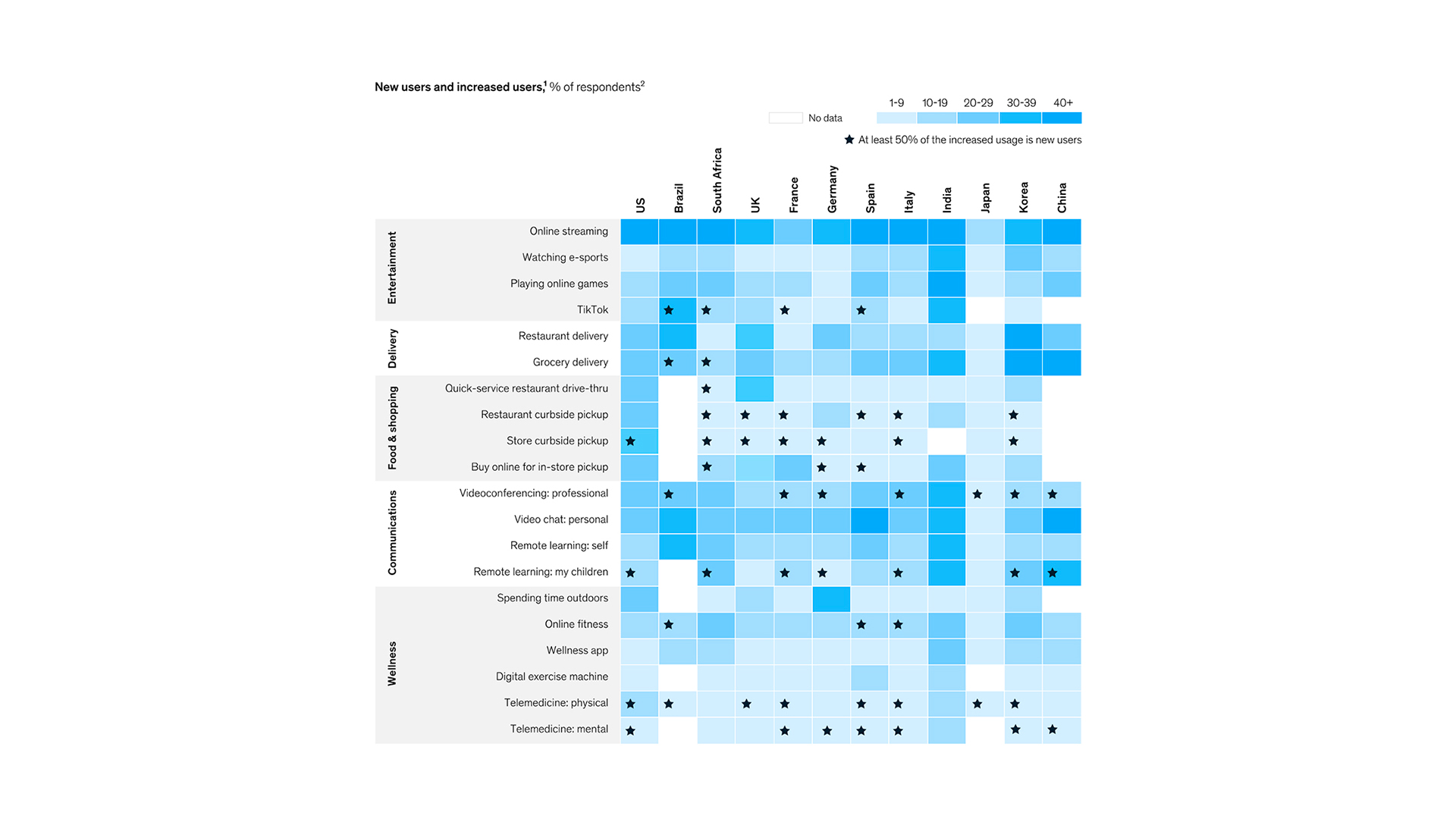
Adoption level of low-touch and digital activities through lockdown. Source: McKinsey & Company, Covid-19 Consumer Pulse surveys, conducted globally between March 15 and May 3, 2020
Several companies have already decided to face the crisis investing in CX and riding the wave of adoption of digital tools by consumers.
In China, cosmetics firm Lin Qingxuan has gathered a lot of attention — it was thought that the lockdown-driven closure of many of its retail shops would ultimately result in a company-wide shutdown, but a eureka moment from its CEO actually ended up in net profit growth.
How? By asking over a hundred shop assistants to become beauty consultants and creating direct channels with consumers to launch special deals and promotional campaigns inside the consulting sessions.
Facing the emergency might not be enough
The pandemic is surfacing needs that have not yet been determined clearly, but that, if well identified, may lead brands to answer in innovative ways, create novel consumption patterns, and define new standards that others will inevitably have to follow.
It’s not just about adapting the experience to new habits; it’s about creating new habits.
The question is: are you ready to transform the shock wave into a growth opportunity for your brand?
It’s an explorative path, but a well-planned one
Back to the initial question — what would be the right things to do to make the CX effective and profitable — we feel like saying that a lot of effort and the right mindset are necessary, as there are no predetermined, standardized solutions.
Uncertainty relative to the evolution of consumption, further exacerbated by the pandemic, has moved the needle toward the ways we think about the customer experience: no one knows what is going to happen, but acting methodically and adopting an explorative, experimental approach, we can have a good chance of success.
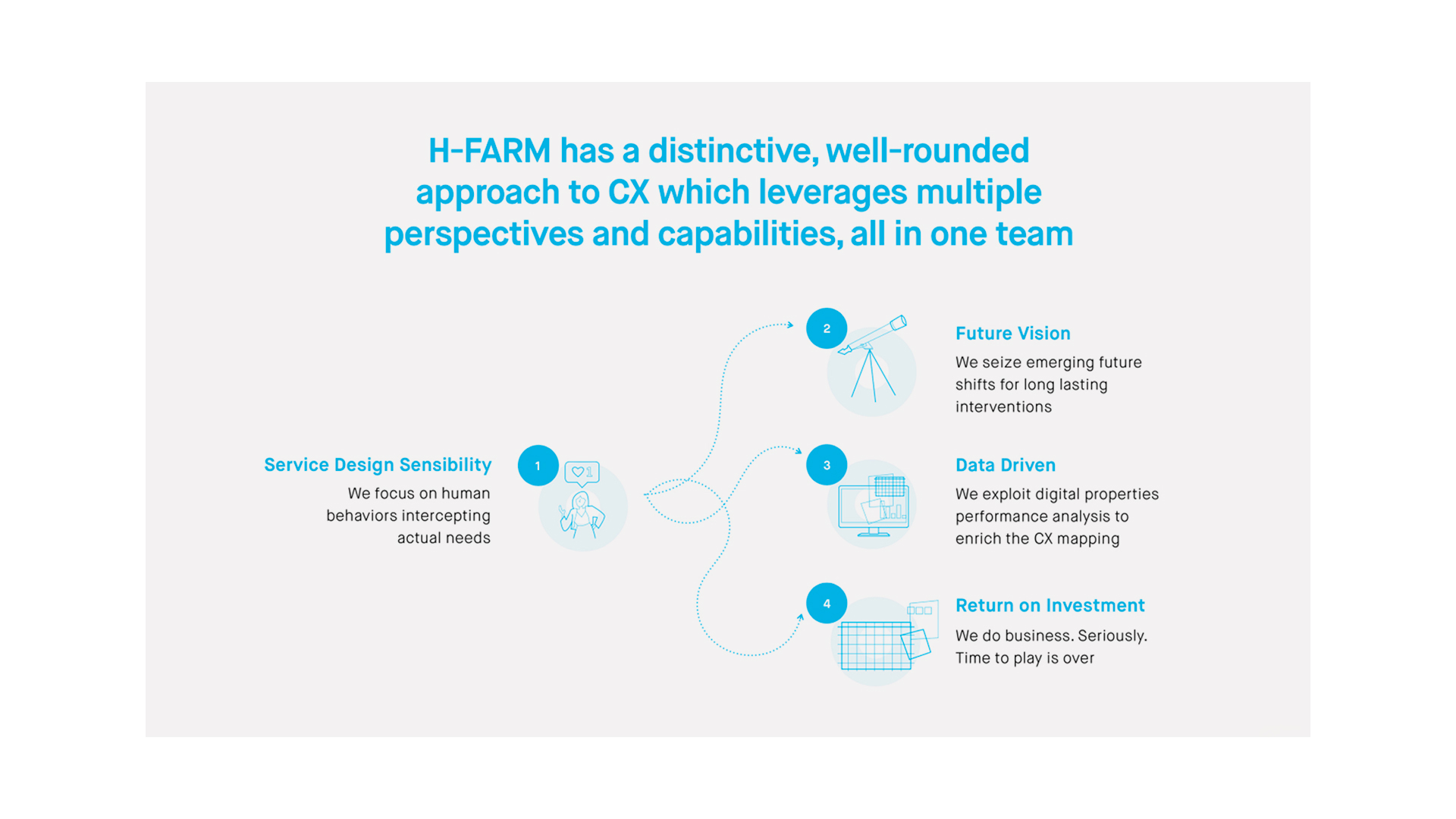
Our approach to CX
At MAIZE, we have developed a method to help companies embark on a path of analysis and buildup of the experience alongside each phase of the consumer journey. CX Mapping & Envisioning is a framework designed to map, understand, and redesign our clients’ current and future offerings, measuring the underlying business opportunity, and defining a concrete, actionable, and measurable action plan.
With this compass, you will be able to make difficult decisions while reducing risk, especially through uncertain times like the pandemic — whether you need tactical solutions to contain the crisis or a way to make your company future proof once it is all over.
The main steps plot the course
The Customer Experience Mapping & Envisioning path we have imagined consists of four main steps.
- Understanding of the target. Analyze the market to understand your current and prospective customers, and frame the interactions they experience on the journey. It’s vital work: It can be agile, but you really can’t do without it;
- Far-sightedness. It may be difficult, but it’s paramount to resist the need to think about the here and now. Try to intercept the evolution of the customer, the values they will identify with over the long term, and the ways you might evolve your business to answer new expectations and needs;
- Actionability. Be pragmatic, weigh your CX opportunities based on your business’ complexity and its potential. It will be the core argument at your disposal when trying to win over internal skepticism and looking for resources;
- Measurability. Define the key results you want to measure against when putting it all into practice, verify how things are going, and make sure you are ready to course correct.
The guides you need to orient yourself
The power of this framework comes from the fact that it was designed using very different kinds of expertise, such as human trend research, service design, UX design, and business design.
The result is a full-package approach, where the journey mapping methodology (which comes from service design) is enriched by new, differentiated elements, like research on new consumption patterns and the evaluation of CX opportunities from a business perspective.
All these elements are crucial inputs to understand how to solve critical issues and break down CX barriers to redesign how consumers perceive brands — all by pulling together the present and the future, quantitative and qualitative methods.
If you’ve already taken some of these steps, go ahead
This approach is also flexible, and capable of easily adapting to different starting points and specific business objectives.
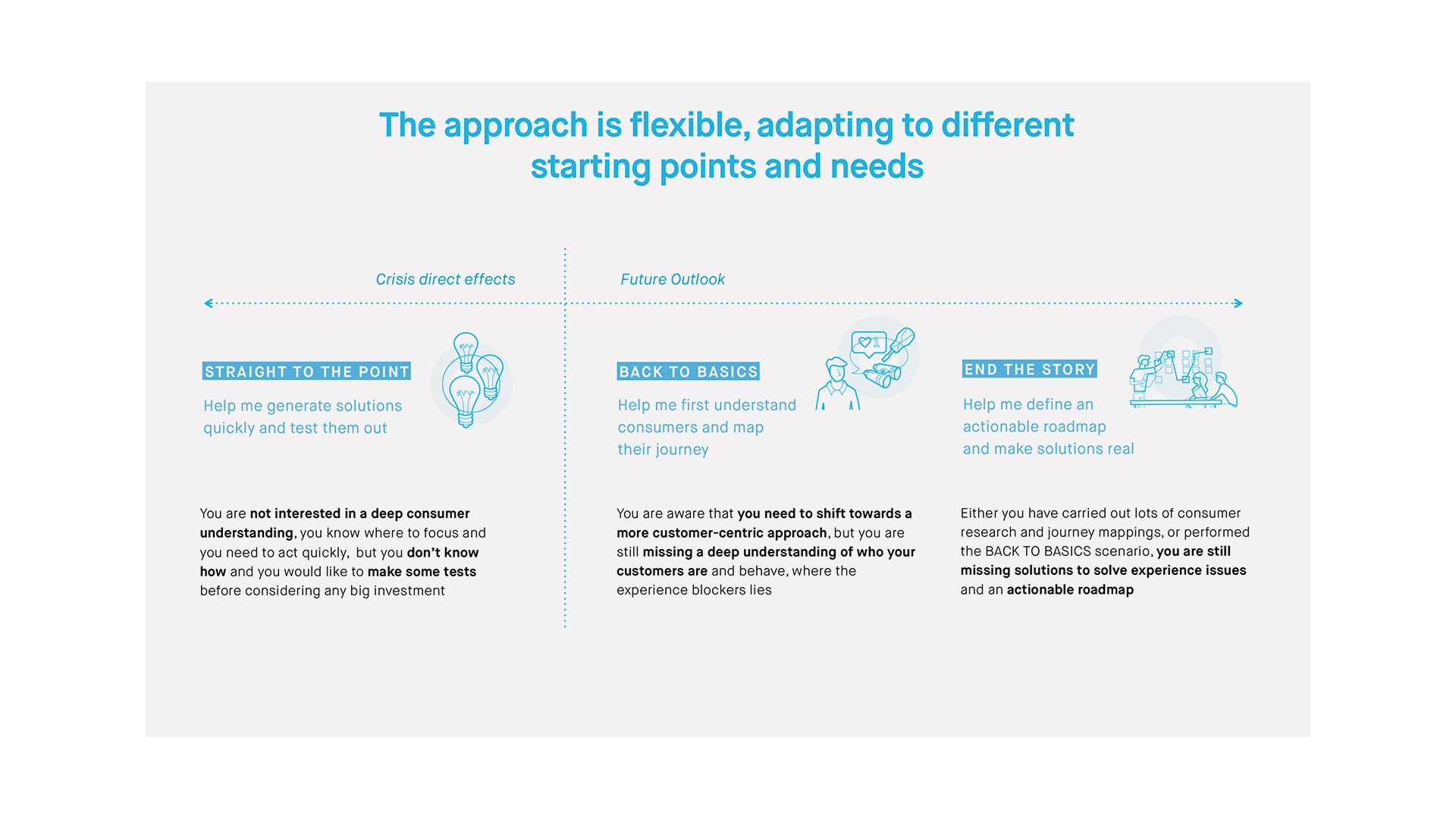
The three scenarios we have imagined to respond to different business needs
- Straight to point. Your priority is to generate many different solutions and test them rapidly, before deciding whether it’s worth investing more in research or not. You’re more interested in a lean, iterative approach, and you’re not afraid to fail;
- Back to basics. You’re a firm that doesn’t really know its end customer well, what drives them in their purchases and how they value your service. You probably have a highly middlemen-led distribution model and need to know your customers, their journey, their interactions, and their barrier to your experience better;
- End the story. You’re a company that has invested in market research and brand positioning, and you know your target well. However, you don’t have complete insight into your journey, all its possible interactions, the pain points, and the way to solve them through a concrete and measurable action plan.
Regardless of your starting point, the framework adapts to define the best path for you and adds value to the work you’ve done so far, without having to throw away anything.
But there’s more: all these activities have been designed to work fully remotely as well.
Cool, huh?
